Meet the Unknown Shipbuilder Whose Boat Turned the Tide in World War II
On December 7, 1941, Japan attacked Pearl Harbor, causing the United States to enter World War II. The day after the attack, Andrew Higgins, a shipbuilder from New Orleans, filed a patent for a landing craft that could transport soldiers from ships at sea to enemy-controlled shores.
Two and a half years later, his LCVPs (Landing Craft, Vehicle, Personnel), also known as “Higgins Boats,” were unloading American GIs on Normandy’s Utah Beach.
Innovative Design Saves the Day
Higgins’ naval ship was equipped with a unique ramp design, two .30-caliber machine guns, and room for 36 infantrymen. The boats played a critical role in the success of the Normandy invasion, which took a lot of work.
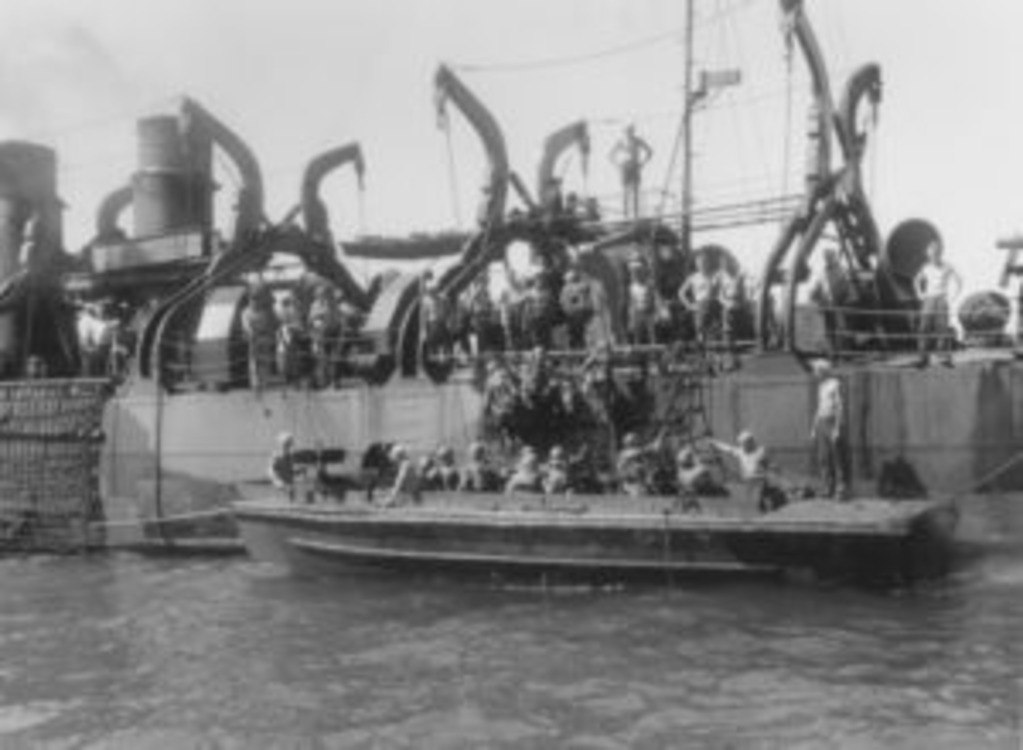
Source: Wikimedia Commons
The ability to put troops, vehicles, and necessary equipment on the beaches where enemies had been fortified and filled with obstacles was needed for the Allies to succeed.
"The Man Who Won the War"
So good were Higgins’ boats that Gen. Dwight Eisenhower later called him “the man who won the war for us.”
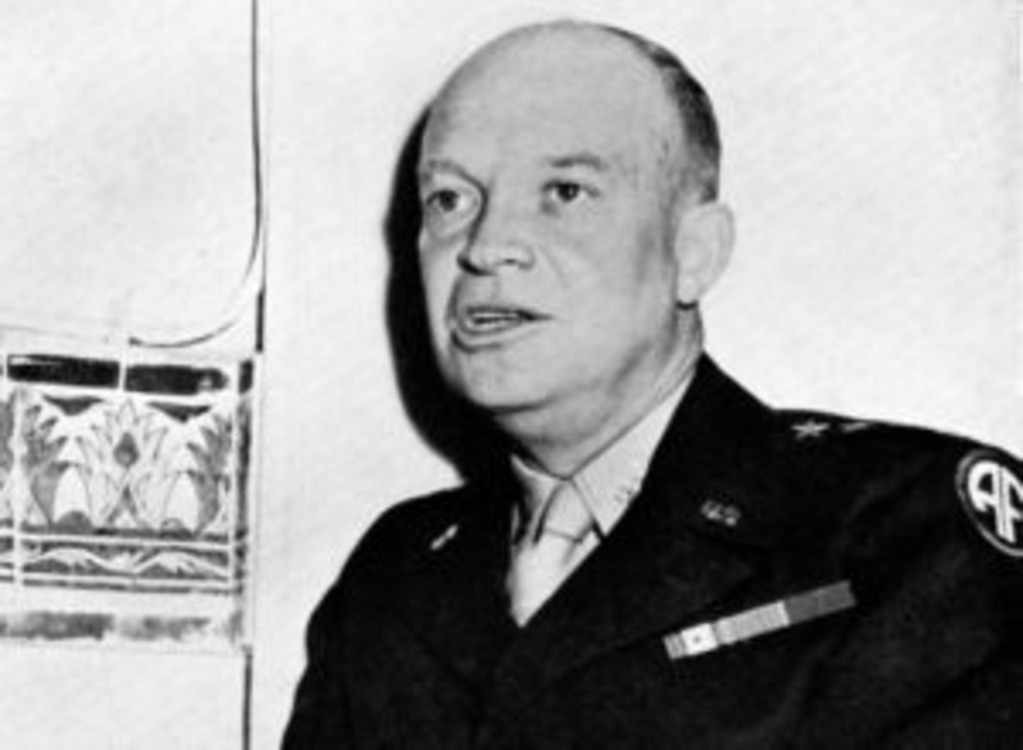
Source: The Print Collector/Print Collector/Getty Images
During his massively successful decades-long career, Higgins built over 20,000 boats, and his navy ships were used in every major battle on the sea, from the coasts of Europe to the Pacific Islands during WWII.
The Right Person with the Right Ideas
Higgins was a seasoned industrialist with a long record of entrepreneurship, innovation, and problem-solving skills. Born in Nebraska in 1886, he started a lawn-mowing company and served in the Nebraska Army National Guard.
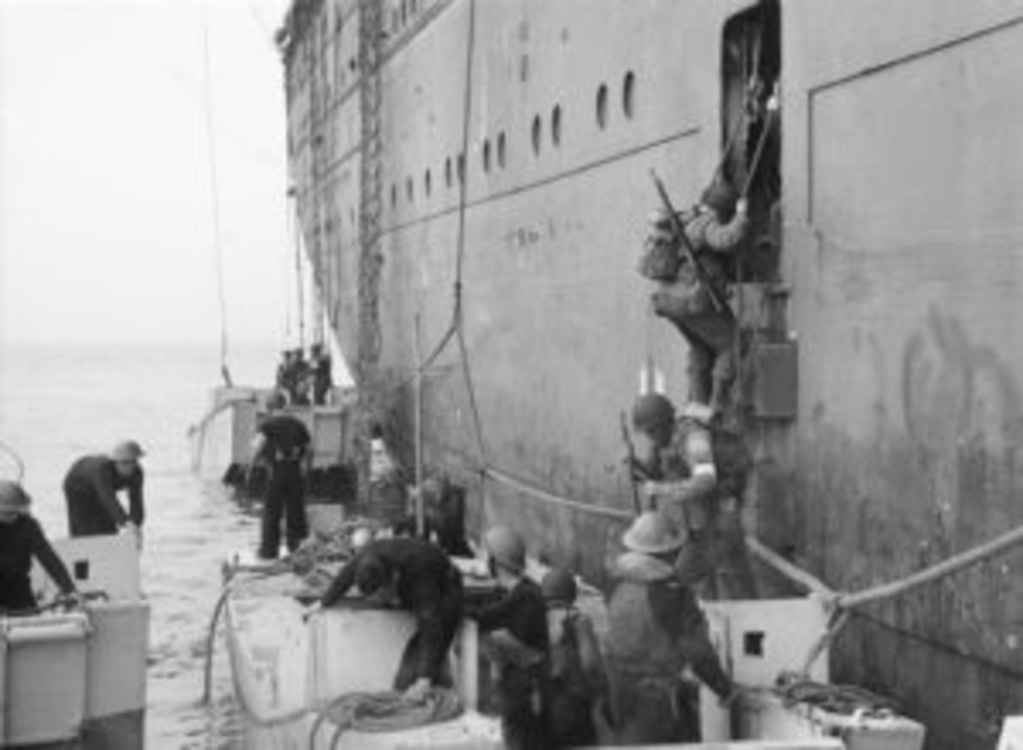
Source: The Print Collector/Print Collector/Getty Images
While there, he was exposed to boats, which he used to move troops by water. By the 1930s, he’d formed the Higgins Lumber and Export Company and worked as a lumber manufacturer in New Orleans.
Developing The Eureka Boat
In the 1920s, Higgins used his innovative acumen to develop the Eureka boat, a vessel designed for oil work. The boat caught the attention of the U.S. Navy for its efficiency in shallow water, and soon, Higgins and his company were on the government’s radar.
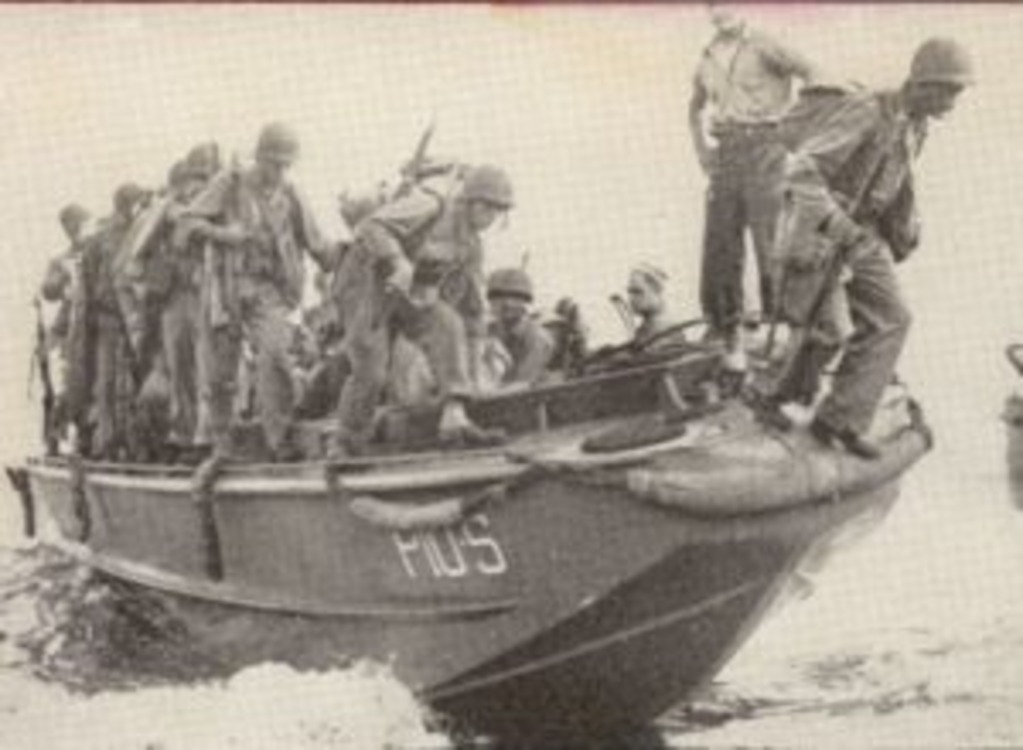
Source: Wikimedia Commons
Higgins Industries was about to burst onto the scene with the U.S. military’s demand for new ways to move its troops and supplies to beaches during water operations.
Building Before the War
Before the war started, Higgins foresaw the government’s requirement for boats and was aware of the substantial contracts that would follow. Keeping this in mind, he started constructing factories well before the war’s commencement.
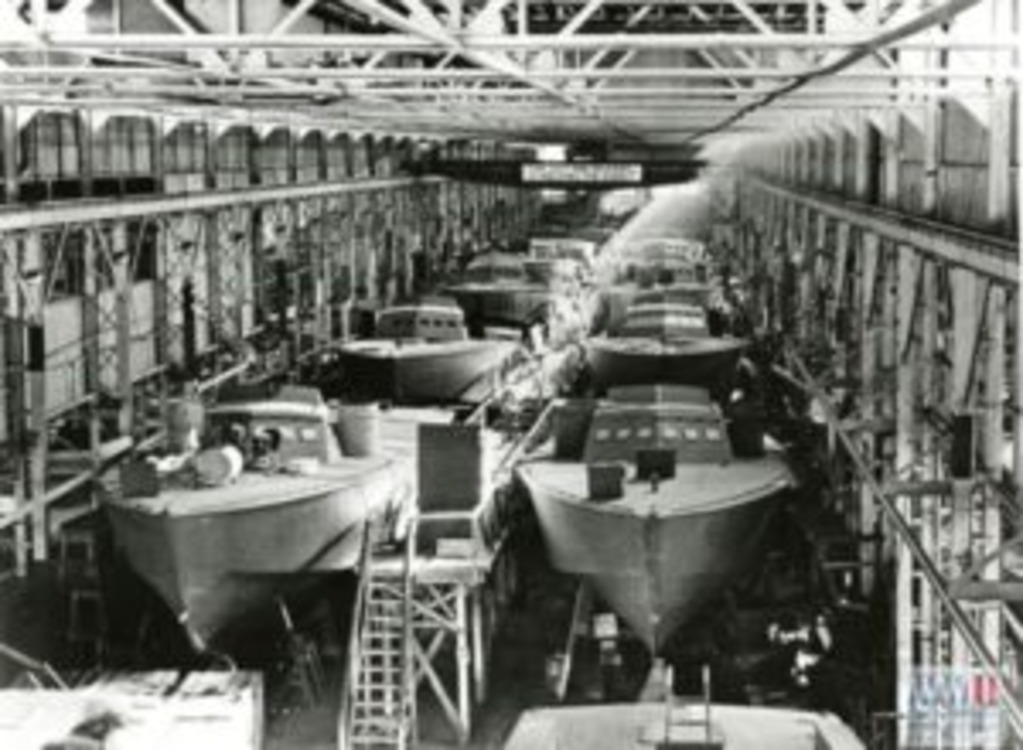
Source: Wikimedia Commons
Such was the demand for boats that he began assembling them in the factories before their completion. Over time, Higgins Industries became an essential component of the war effort, ultimately contributing to the success of the Allies.
He Earned Huge Government Contracts
During World War II, Andrew Jackson Higgins secured major government contracts and expanded production at an unexpected rate. His amphibious landing vehicles were essential in the war effort, and his company, Higgins Industries, employed over 20,000 people across seven plants by 1943.
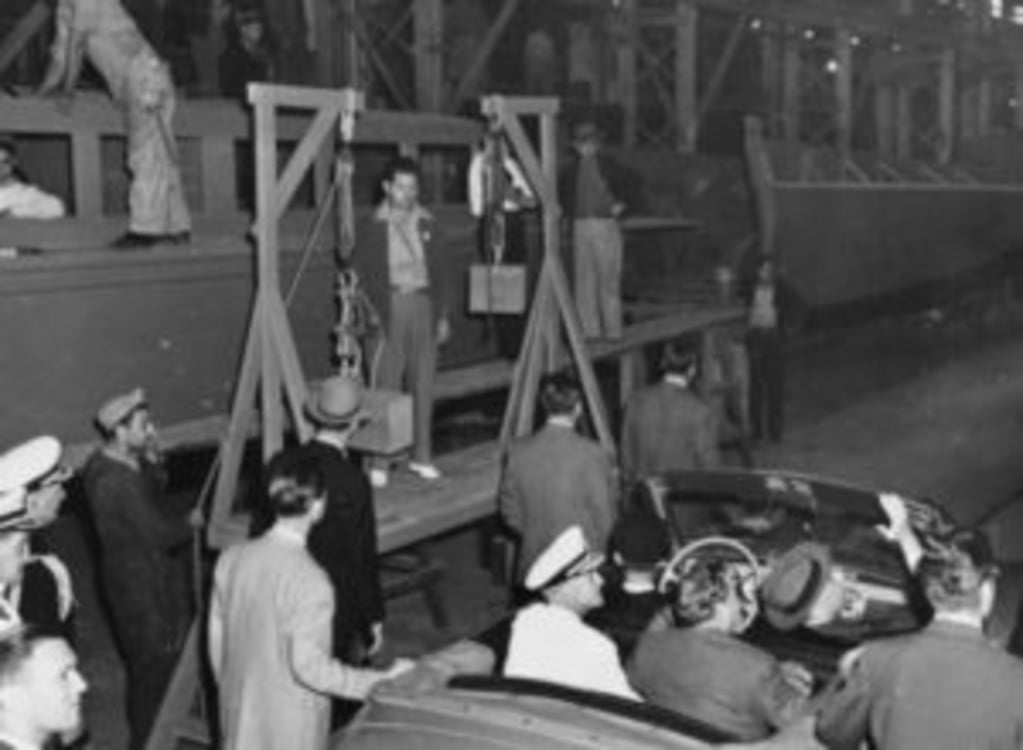
Source: Wikimedia Commons
Not one to let opportunities pass, Higgins ventured into other areas, and he once won a contract to manufacture metal parts and carbon components for the famous Manhattan Project.
Innovative Design and Construction
Higgins and his employees were known for their quick and innovative design and construction. When Navy officials expressed interest in building a 56-foot tank landing craft to prove their efficiency and dedication, Higgins and his engineers built it using a tugboat within three days and successfully tested it for Navy officials during their visit.
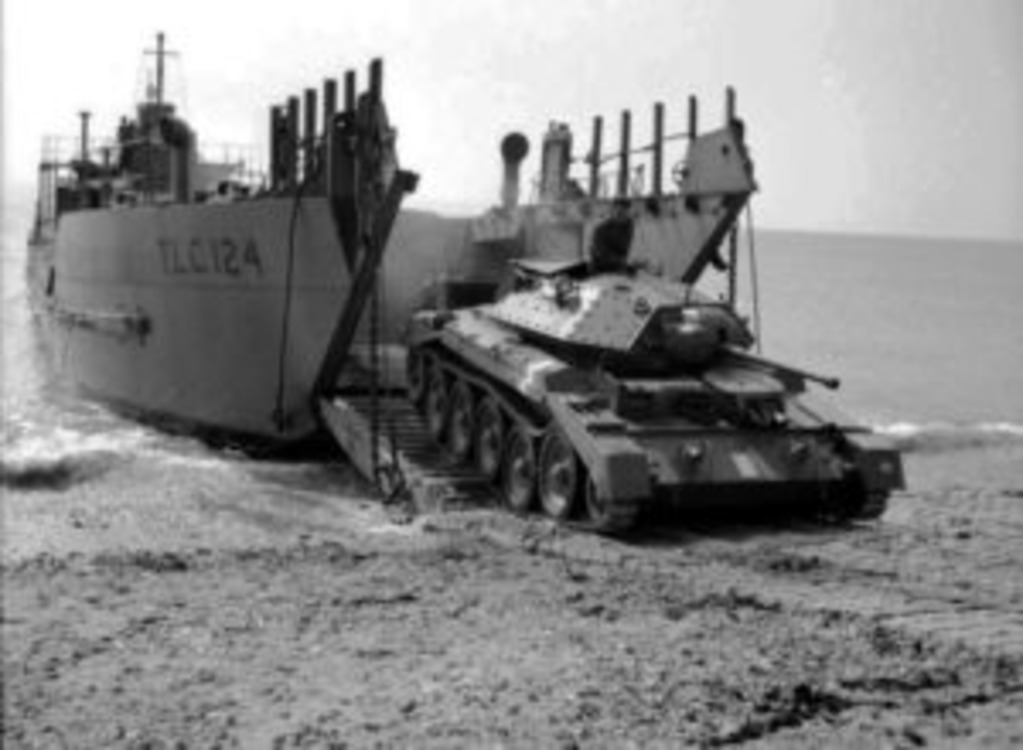
Source: Wikipedia
They did all that without blueprints, too.
Designing the Memorable LCVP
Higgins’ most famous landing craft, the LCVP, was based on a Japanese ship used in the late 1930s. Higgins made a mock-up of the landing craft based on a photo of the Japanese vessel, and work started immediately.

Source: Wikimedia Commons
Within a month, the vessel was ready, and tests showed its design was viable. Higgins’ company produced 23,000 LCVPs throughout the conflict, each of which could transport 36 combatants or 8,000 pounds of cargo.
Diversification Into Other Ventures
While water landing vehicles were the focus of his organization, Higgins also delved into other interesting ventures. As his factories expanded across New Orleans, he widened his operations, winning contracts in the automotive industry for refurbishing trucks.
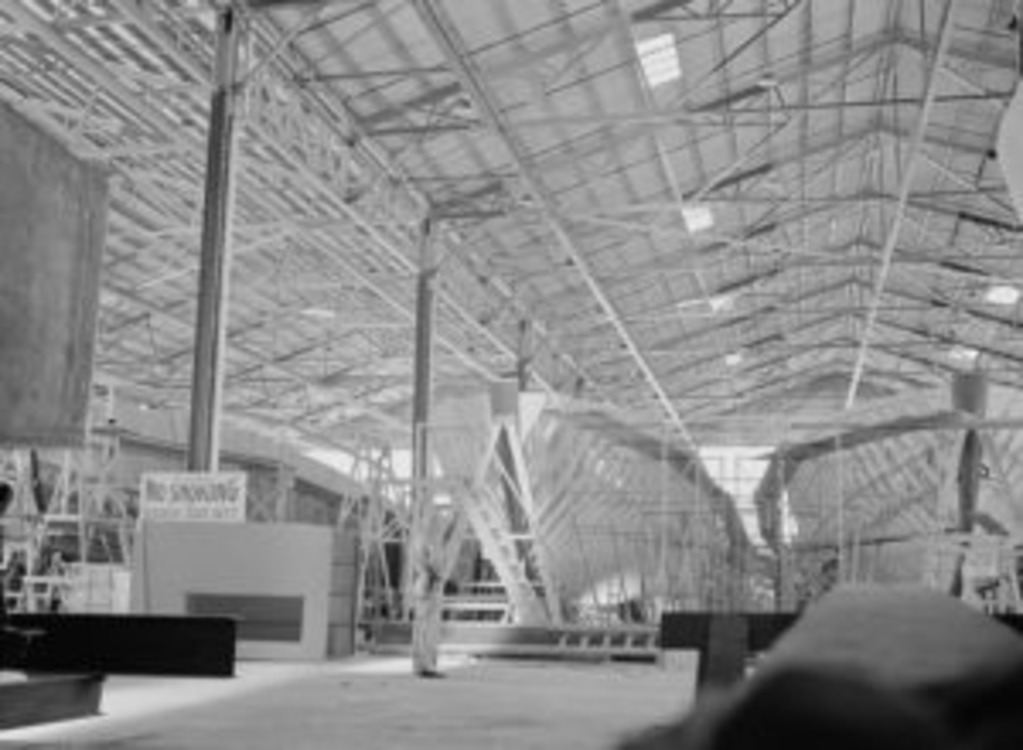
Source: Wikimedia Commons
Higgins Industries didn’t stop there; they also manufactured components for aircraft, plastics, and other equipment.
Innovative and Inclusive Business Practices
According to Jerry E. Strahan, author of Andrew Jackson Higgins and the Boats that Won World War II, Higgins had an efficiency-based approach to business. Higgins prioritized giving jobs to people who could do the job and didn’t discriminate against anyone, including women.
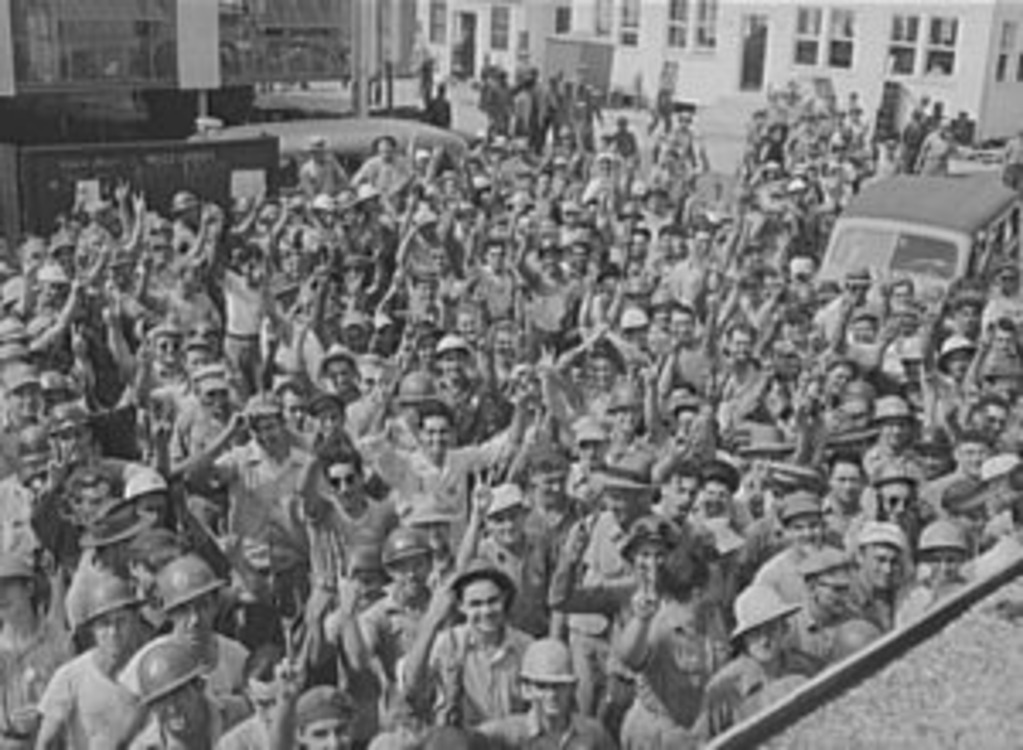
Source: Wikimedia Commons
To keep his workers healthy and the company’s productivity level high, he started a clinic to provide free healthcare for his workers.
A Legacy That Lives On
Andrew Higgins’ contribution to the war effort was immeasurable. Although he passed away in 1952, his legacy continues, with museums paying deserved tribute to the innovative man who won the war.
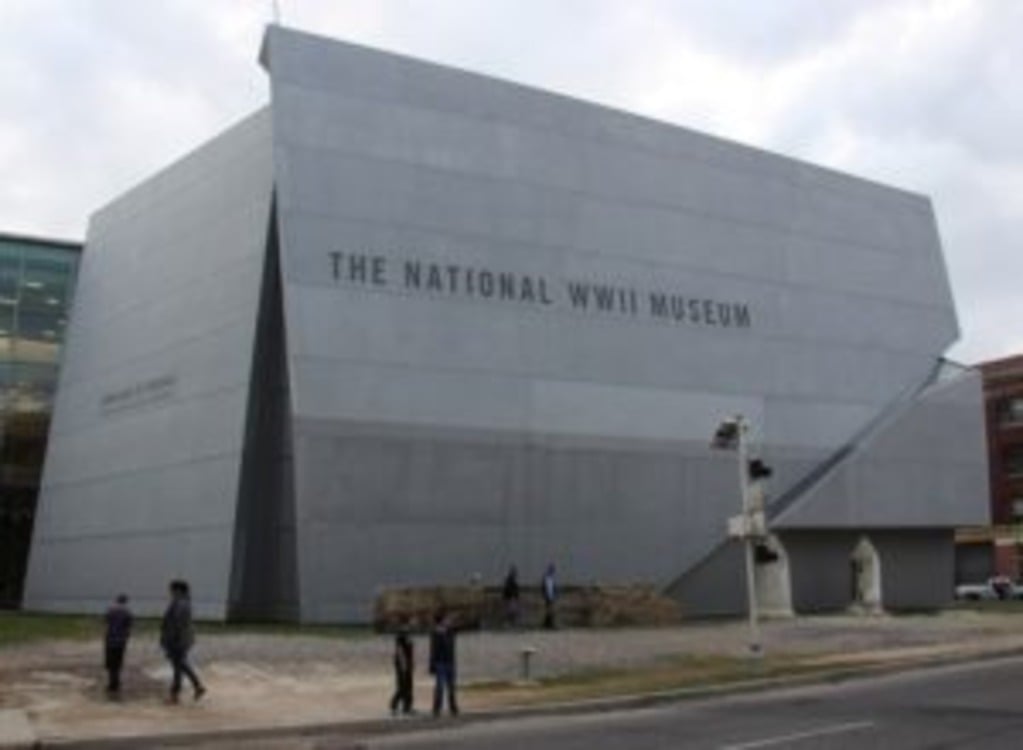
Source: Wikimedia Commons
One of the places where Higgins is fully represented is the Higgins Hotel, located on Andrew Higgins Boulevard, adjacent to the museum. Immediately after one walks into the hotel’s lobby, they are met with a 1943 portrait of Higgins that once hung in his office.
Celebrate the Arsenal of Democracy
Schick is among those who hope the world appreciates the work that Higgins did, saying, “We look at all of these unnamed people who created this vast machine that ended up winning the war…”
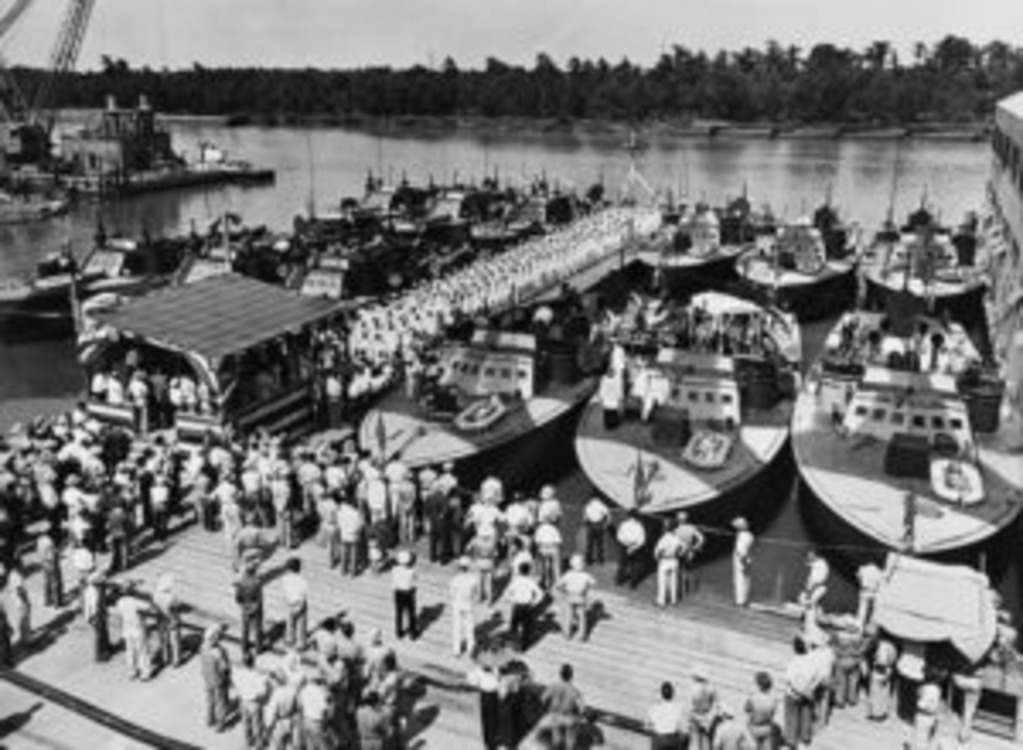
Source: Wikimedia Commons
He continues, “and it’s a really great symbol of the arsenal of democracy, I encourage people to read more. There’s always something to learn about Andrew Higgins.”
